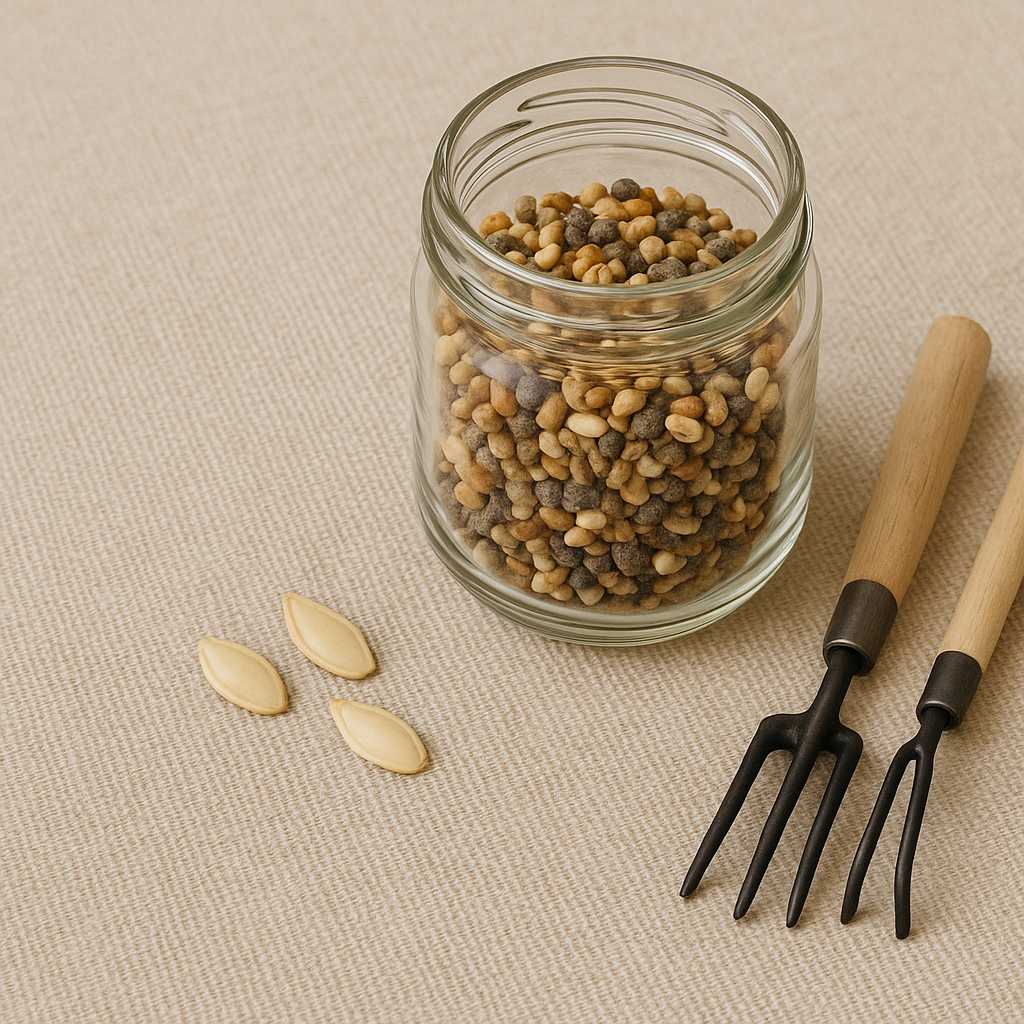 Turn Today’s Harvest Into Tomorrow’s Garden
Turn Today’s Harvest Into Tomorrow’s Garden
July in Florida may be hot, humid, and full of mosquitoes—but it’s also the perfect time to look around your garden (or even your fridge!) and start saving seeds.
This month, I’m challenging you to take the July Seed Saving Challenge:
Can you harvest and store seeds from at least one plant—either from your garden or your grocery store?
Why Save Seeds?
Seed saving is one of the oldest gardening traditions in the world. It’s how farmers and gardeners preserved their best crops long before seed catalogs and garden centers. When you save seeds, you’re doing more than just preparing for next season—you’re:
Preserving local adaptation (seeds from your garden are better suited to your climate next year)
Reducing your gardening costs
Becoming more self-reliant
Deepening your connection with each plant you grow
What to Look For in the Garden
Right now, some herbs and veggies may already be setting seed. Walk your garden and look for:
Basil that’s gone to flower (those seed pods dry quickly!)
Dill, cilantro, and fennel forming umbels of seeds
Okra pods left to dry on the plant
Sunflowers with heavy seed heads
Beans or peas you’ve forgotten to pick (perfect!)
Clip them, dry them, and store them in a labeled envelope or small jar with the date.
No Garden? No Problem.
You can still take the challenge.
Head to your kitchen and grab a fruit or veggie that contains seeds, like:
Strawberries – Scrape the seeds off the surface and dry them on a paper towel
Papayas – Rinse and dry the seeds; they’re incredibly easy to store
Bell peppers – Harvest seeds from a ripe red or yellow pepper
Watermelon – Spit the seeds into a bowl while you snack; dry and store!
Just be aware that many store-bought produce items may be hybrids, which means the plants you grow from them might not be identical to the parent. But that’s part of the fun—nature always has a few surprises.
How to Store Seeds Properly
-
Let them dry fully – Air-dry seeds for 7–10 days on a plate or screen in a cool, dry place.
-
Label everything – Include the name and date collected.
-
Store in a cool, dark place – A mason jar in the pantry or a paper envelope in a shoebox works well. You can even refrigerate them in an airtight container.
Share Your Progress!
Are you joining the July Seed Saving Challenge? I’d love to hear about it! Share a photo of your seeds and tag me on Instagram @steppingstonegc or send me a note through the website. Let’s inspire each other to grow what we’ve got!
